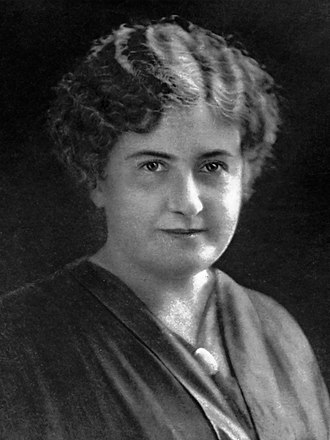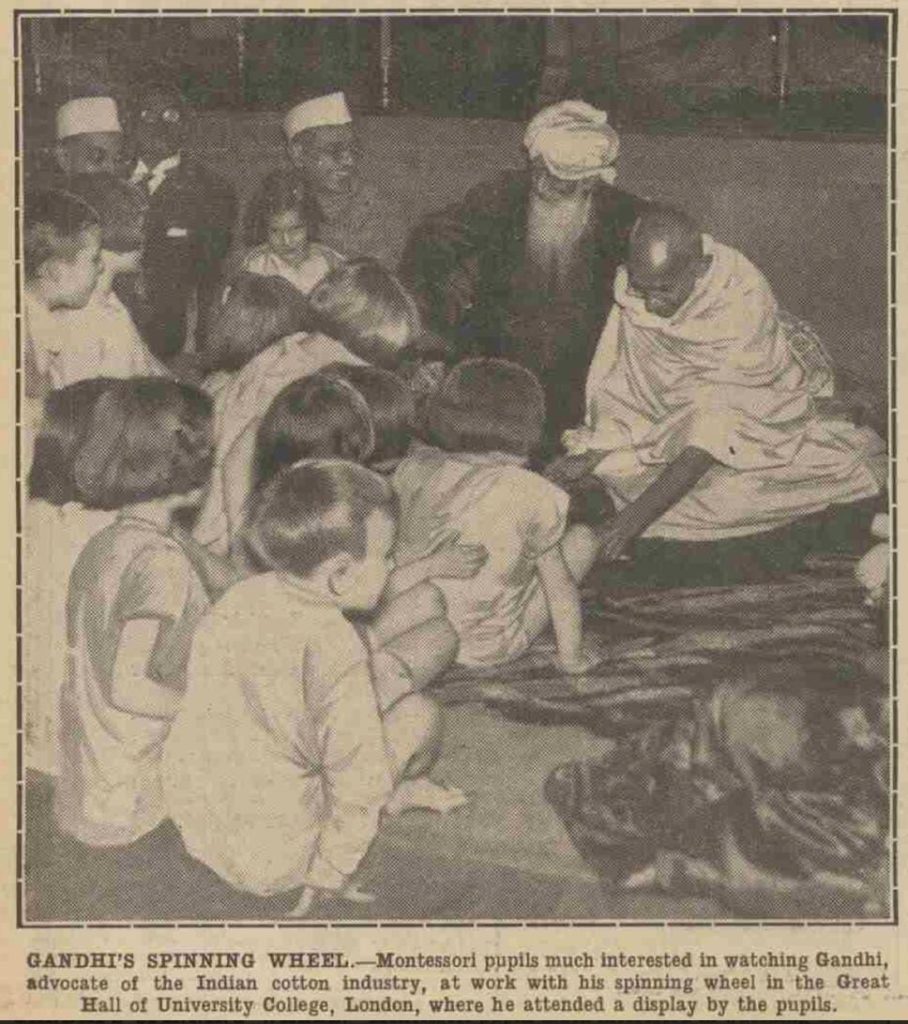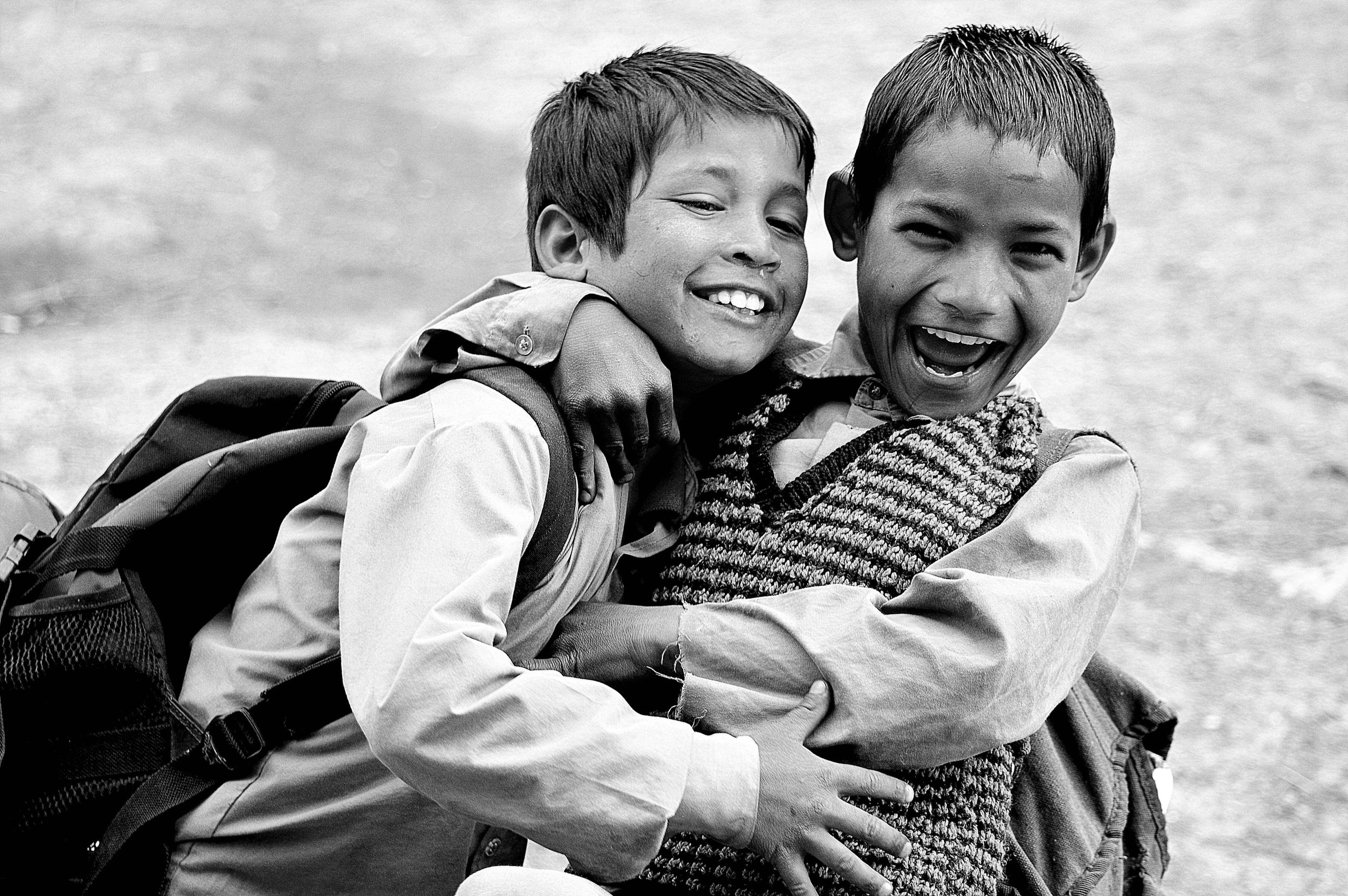History of Montessori Education
History of Montessori Education
Montessori pedagogy has been used for over 100 years and has withstood the test of time and diversity. Any teaching methodology that has persisted and thrived for more than a century across geographical, cultural, and linguistic boundaries is of significant interest, especially to those who are in the field of teaching. Learning about the inception of this method of teaching gives us an insight into the ideas and research that have gone into the ‘Montessori method’ as we know it today. Let us now dive into the history of Montessori Education.
The Montessori Story
As the song goes ‘Let’s start at the very beginning, a very good place to start…’ The Montessori story traces its origin to the small town of Chiaravalle in Italy. Dr.Maria Montessori, after whom this educational philosophy is named eponymously, was a medically qualified doctor in Italy and one of the first women of her generation in the field of medicine. A brief look at her life’s story gives us a picture of a strong-willed woman, ahead of her time, who fearlessly crossed hurdles on the personal and professional front in pursuit of her research into educational methods. She was born in Chiaravalle, Italy, on August 31st,1870.

Maria Montessori was born to parents who were themselves well-educated. Her father was an accountant for the civil service and her mother was very well-read and a great support to her daughter, especially in her academic pursuits. She defied the societal norms of her time to enroll in medical school. Despite the opposition she faced, especially because of her gender, Dr.Montessori completed her study of medicine (specializing in pediatrics and psychiatry) and graduated from the University of Rome in July 1896, earning awards in the process.
Early in her career, she worked with children having special needs as a result of some form of cognitive delay or disability. This career phase found her working as a co-director in the orthophrenic school with Giuseppe Montesano. It was while working here that her interest began to shift towards education. The Orthophrenic school took in children with varying degrees of developmental delay and she started realizing the importance of multi-sensory stimuli in educating children. She was very interested in the work of two French physicians Jean-Marc Itard and Edouard Seguin who did pioneering work in sensory education for children with disabilities, especially those showing delay in cognitive development.
While working in the Orthophrenic school Dr. Montessori would work with the children by day and note down her observations at night. These observations were used to design the Montessori materials that form the backbone of the Montessori method. She also realized that children were more receptive to truly learning something when they were given an environment that had structure and order that invited the child to explore. In this environment where they were not chastised for their curiosity, the learning experience became a wholesome one that the children looked forward to repeating day after day. Her methodology started getting noticed when some of her students from the Orthophrenic school took up the state reading exam. These children who were considered ‘defective’ passed the exam with flying colours, shocking the existing educational establishment.
Also read: Montessori Materials – Learning Through Experience
Dr.Montessori’s success with the children in the Orthophrenic school led to her being invited to start a school for children from families in a low-income housing project in Rome. These families had both parents working and away from home during the day, leaving the children to their own devices which often led to vandalisation and destruction of property.
So in January 1907, Maria Montessori opened her first Casa dei Bambini, or House of Children for a group of 50 children from impoverished families. She observed these underprivileged children working tirelessly and joyfully with the materials and was amazed at the discipline and order with which they functioned in the environment.
In one instance, one of the teachers forgot to put away the material at the end of the day, as was the custom in the first Montessori school. The next day she hurried to school worried that the children would have taken the materials and misused them due to her carelessness. To her amazement, the children were calmly working with the material and once they finished working with them, were putting it back in the right place. This incident led to the practice of displaying the material within reach of the children, giving them the freedom to choose what they want and recognising the discipline inherent in them that made them responsibly handle the material.
Also read: This Is How Montessori Helps Your Child Grow
Her success with the children in this school soon led to the establishment of many more houses for children in Italy and eventually all over the world. By 1929 the Association Montessori Internationale was established to help Dr.Montessori promote her method. Unfortunately by the early 1930s Fascism was spreading across Europe and World War 2 was imminent. With the rise of Fascism and Nazism, her work in Europe lost momentum, especially as she refused to endorse fascism or allow her schools to participate in the fascist youth movement. She fled to England and then to the Netherlands with her son.
Maria Montessori was visiting India in 1939, on the invitation of Rukmini Devi Arundale and her husband, when World War 2 broke out. She was detained in India because of her Italian citizenship but despite her detention was allowed to conduct training courses. Dr.Montessori and her son, Mario Montessori lived in Adyar, Chennai for a while and conducted the first Montessori course in India while in Chennai. She remained in India till 1946 and came back to India in 1947 and stayed on till 1949.
Having witnessed two world wars in her lifetime, Maria Montessori was an ardent advocate of peace. While speaking at the United Nations on the topic of education and peace she said, ’Averting war is the work of politicians; establishing peace is the work of educators.’ The Montessori movement gained the momentum it had lost during the war and by the 1960s it saw a revival in North America where it had almost disappeared just after the world war.

In India interest in the Montessori method was prevalent even before Dr.Montessori made her first visit here. Rabindranath Tagore and Mahatma Gandhi were aware of the Montessori method and there were several Tagore-Montessori schools, including one in Shantiniketan. Gandhi visited the Montessori training college in London in 1931 and was very impressed by the methodology. He and Montessori described themselves as linked together by a common commitment to pacifism and social change. By the time Dr. Montessori first came to India in 1939, there was considerable interest in her philosophy and she conducted sixteen courses in India laying a strong foundation for Montessori learning in this country. After returning to Europe she stayed in the Netherlands and died in 1952 at the age 81.
Dr. Maria Montessori left us a rich legacy of ideas and teaching material that have held their ground and educated children generation after generation. She revolutionized early childhood education by normalizing the idea that children are individuals in their own right with a high degree of independence and with the right amount of stimulation they tend to be voracious learners. A Montessori school in essence tries to give wings to the inherent curiosity in the child while respecting their individuality and inherent sense of order.





